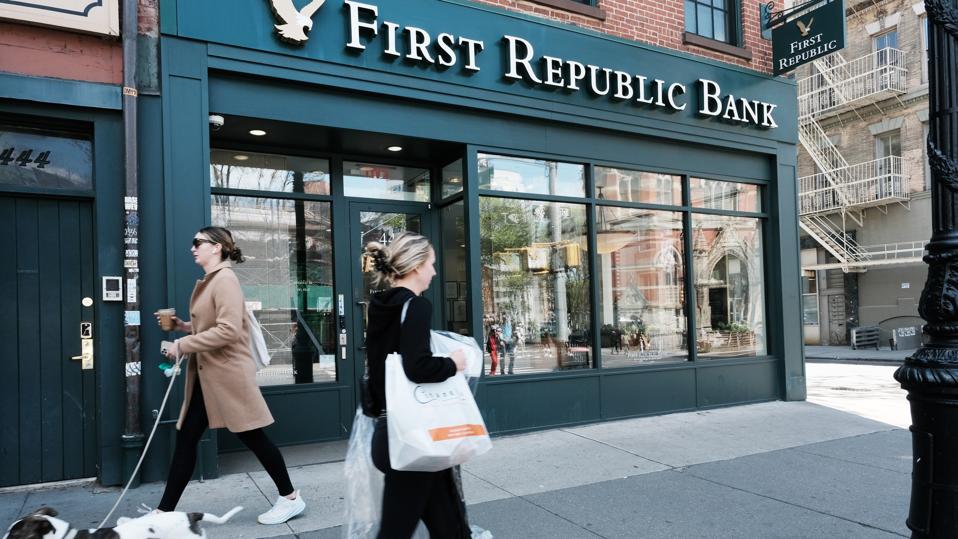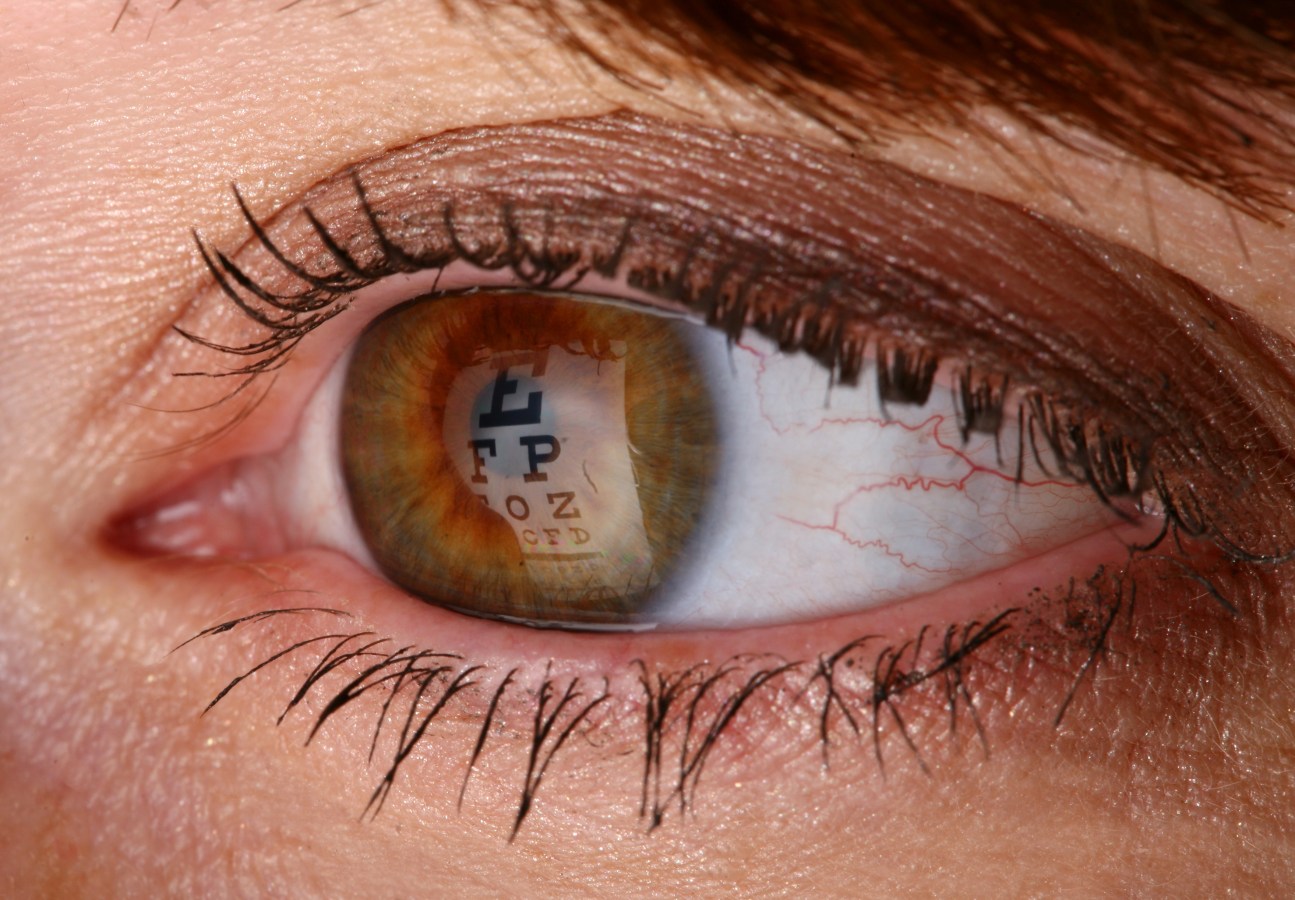Shares of First Republic sank to their lowest price ever Tuesday after the struggling bank disclosed worse-than-feared deposit outflows—sparking fears in Washington and beyond that it may become the third major bank to fail this year.

First Republic’s headaches are far from over
First Republic’s stock cratered 50% to about $8 as investors reacted sharply to the company’s quarterly earnings report released after trading hours Monday.
The bank reported a 41% decline in net deposits to $105 billion during the first three months of 2023, missing analyst expectations of $135 billion in deposits.
First Republic said Monday it’s “pursuing strategic options” to address the exodus of capital, and sources told Bloomberg that the bank is looking to offload between $50 billion and $100 billion in debt securities.
But the White House is worried whether the bank will be able to save itself from insolvency, the Financial Times reported Tuesday, noting officials from the Biden Administration, Federal Reserve and Treasury Department have all met with bank leadership in recent days.
Big Number
93%. That’s how much First Republic’s stock has crashed since March 1.
Key Background
Regulators closed fellow regional banks Silicon Valley Bank and Signature Bank in mid-March, shocking the U.S. financial system and temporarily rocking the stock market. Facing numerous downgrades from credit agencies, First Republic received $30 billion in uninsured deposits from the country’s largest banks last month as a vote of confidence supported by top federal officials. First Republic was the 14th-largest commercial bank in the U.S. at the end of 2022, according to the Fed, while Silicon Valley Bank and Signature Bank were the 16th and 19th-biggest, respectively.
Crucial Quote
“First Republic is still in the danger zone,” Oanda analyst Ed Moya wrote in a note to clients Tuesday.
This story was first published on forbes.com and all figures are in USD.
Forbes Australia issue no.4 is out now. Tap here to secure your copy or become a member here.
Look back on the week that was with hand-picked articles from Australia and around the world. Sign up to the Forbes Australia newsletter here.


